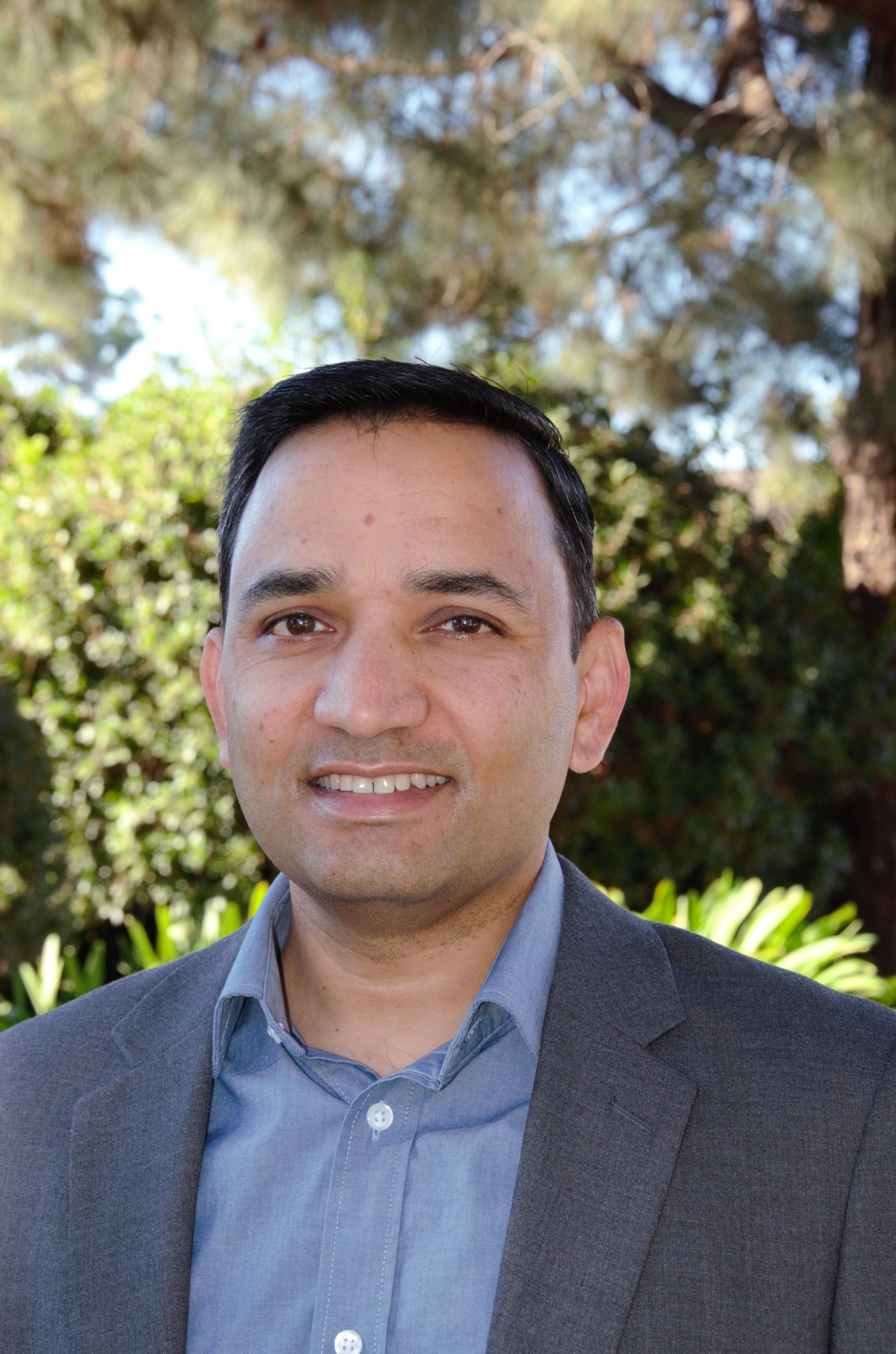Edge Executive Interview – Rob High, IBM
 In the lead up to Edge Computing World, we’re taking some time to speak to key Executives from the leading companies supporting the show. Today we’re talking to Rob High, Vice President and Chief Technology Officer, Edge Computing at IBM.
In the lead up to Edge Computing World, we’re taking some time to speak to key Executives from the leading companies supporting the show. Today we’re talking to Rob High, Vice President and Chief Technology Officer, Edge Computing at IBM.
Telcos have the duel challenge of increasing their network flexibility whilst reducing their overall operating costs, whilst also needing to pursue higher-value business opportunities. Edge computing, combined with the shift to containerized-networking and enterprise-computing, largely driven by the adoption of cloud-native development practices, can help Telcos resolve both of these challenges. Edge computing, as an infrastructure concept, enables the same modularity, efficiency, and flexibility benefits that are so critical to operating the cloud at scale. Likewise, edge computing is inherently driven by the need to make faster and better decisions (lower latency), reduce the cost of transmitting worthless (resource efficiency), protecting personal and private information (data regulations), and business continuity (resilience in the face of outages). All of these attributes are valuable to enterprises that depend on edge computing, and are key to enabling Telcos bring advantage to their clients.
Based on IBM’s existing market experiences, which use cases have you seen driving the adoption of edge computing?According to a study conducted by the IBM Institute of Business Value, the most frequent use of edge computing are for process optimization, situational awareness, human-machine collaboration, AI-based decisions support, and risk assessment. And, most often, these advantages are being leveraged in Industrial and Manufacturing, Infrastructure, Retail, and Services industries. (“Why organizations are betting on edge computing”, IBM Institute of Business Value, https://www.ibm.com/thought-
We are looking forward to your keynote in which you will address edge computing in the post Covid economy. Briefly, do you see edge computing as a facilitator of business recovery?Virtually every business has had to adapt their operations, and respond to changes in their workforce due to Covid-19. Whether that is to keep their employees and clients safe, or simply to adjust to economic shifts that have resulted from the pandemic. These changes are putting more demands on making decisions faster, being more operationally efficient, protecting the privacy of employee and client information, and ensuring the continuity of business — all of the key attributes that edge computing can enable. Edge computing is essential to businesses as they recover from the global impact of this pandemic.
How do you see edge computing and distributed architectures evolving in the future?
The information technology industry has seen several generations of the pendulum swing between centralized and distributed computing. The constraints of centralized computing motivate the creation of distributed computing, and vice-versa. Nonetheless, each pole never really ever goes away entirely, even as we swing to the other pole. However, two things seem to be constant in that cycle. First, the scale of the problem space continues to grow — often by orders of magnitude between each cycle. Second, we do learn from the mistakes of the prior generation. In this generation of distributed computing — what we call Edge computing — we have learned the importance of managing systems at scale, and centering on well established software engineering practices and standards. We are also applying that knowledge to literally 100s of billions of edge nodes. So what do I see in that future? I see an enormous opportunity for innovation for capabilities that we can hardly imagine. I also see that the growth in distributed, while enabling us to be more effective with data, decision processing, and operational efficiency, will also increase demand on the central — that is, the Hybrid Cloud.
What are you looking forward to most about your involvement in Edge Computing World Europe?
Thanks Rob – Looking forward to hearing more from IBM at the event !





